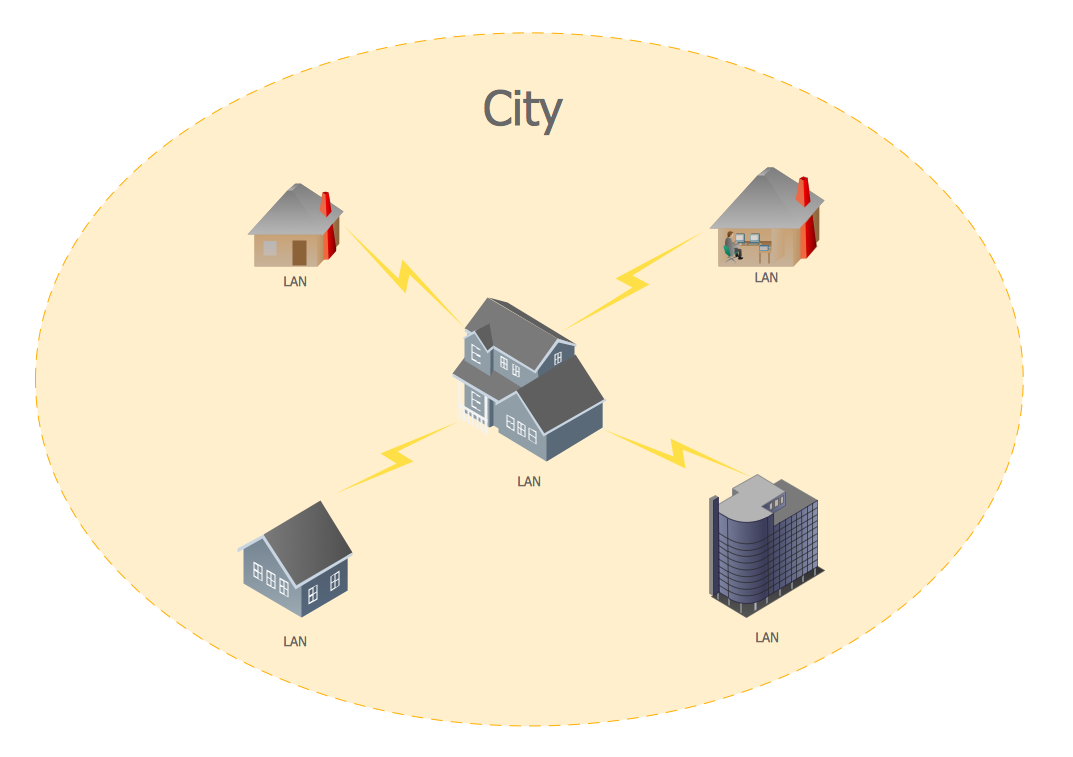

This standard view has been increasingly challenged by decentralization.

As distance from the city center increases, land and housing prices fall, lot sizes lengthen, workers’ commute times rise, and poverty declines. In these so-called monocentric urban areas, land has the highest value in the city center because employment density is highest there.

In the traditional view, urban areas have a dense central business district with concentrated employment and production, in order to reduce costs of transportation and information sharing. Accordingly, the volume begins with a symposium of three papers to explore these issues.ĭecentralization: Basic Facts and Their Implications A full assessment of decentralization, however, requires facts documenting the extent and nature of the trend, analyses of the causes and consequences of decentralization, and a conceptual framework that integrates these factors. Others view decentralization as a positive development, reflecting the preferences of Americans regarding residence, employment, and other factors. Some observers view this trend with alarm and argue that decentralization has led to a series of maladies in central cities, as well as to urban sprawl and related problems in the suburbs. The enormous decentralization of economic activity over the past several decades has been the central feature of metropolitan development during the last half-century. The pH range between 3.1 (red) and 4.4 (yellow) is the color-change interval of methyl orange the pronounced color change takes place between these pH values.Symposium on Decentralization and Urban Sprawl At a hydronium ion concentration of 4 × 10 −5 M (a pH of 4.4), most of the indicator is in the yellow ionic form, and a further decrease in the hydronium ion concentration (increase in pH) does not produce a visible color change. No change in color is visible for any further increase in the hydronium ion concentration (decrease in pH). When the hydronium ion concentration increases to 8 × 10 −4 M (a pH of 3.1), the solution turns red. When has the same numerical value as K a, the ratio of to is equal to 1, meaning that 50% of the indicator is present in the red form (HIn) and 50% is in the yellow ionic form (In −), and the solution appears orange in color. The last formula is the same as the Henderson-Hasselbalch equation, which can be used to describe the equilibrium of indicators.


 0 kommentar(er)
0 kommentar(er)
